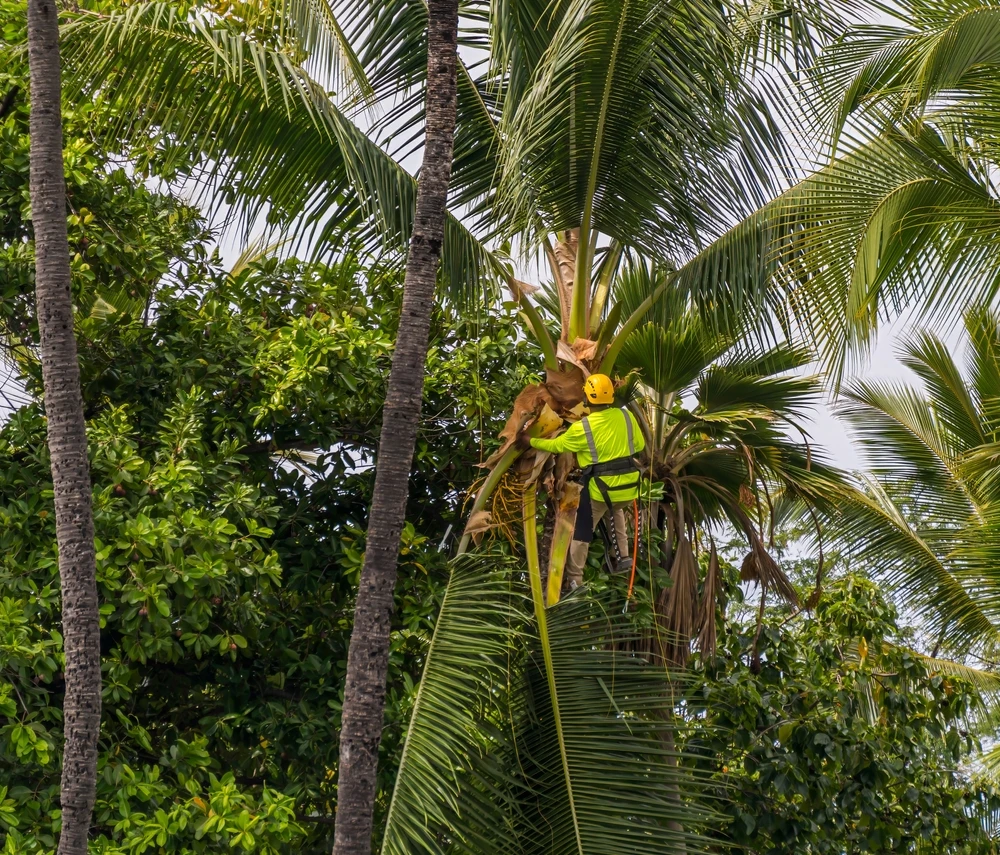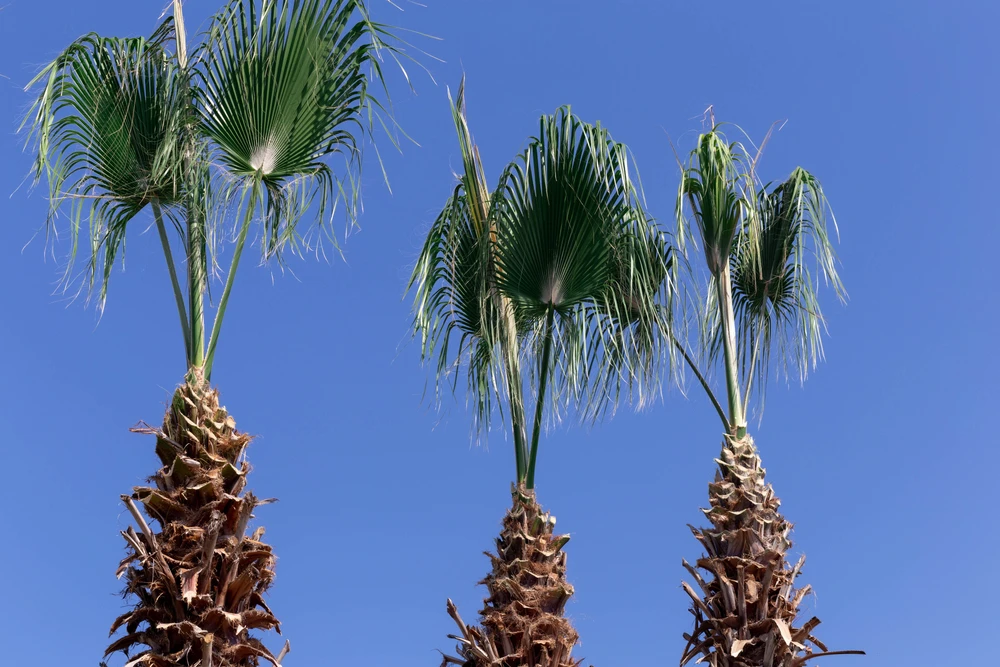Mon - Sun: 6am to 6pm
24/7 Emergency Work
40km around Logan QLD
Healthy trees don’t just make your yard look good. They help protect your home, add value to your property, and create a safer outdoor environment for your family. At Batchelor & Sons Tree Services, we often meet Logan homeowners who aren’t sure whether their trees need lopping or pruning. While both involve trimming, the goals and outcomes are very different. Knowing which one your trees need can make all the difference to their health and longevity in Queensland’s challenging climate.

Tree lopping and pruning are both methods of cutting branches, but they serve very different purposes. Each has its place, and understanding when and why to use them helps keep your trees safe and thriving.
Tree lopping involves removing large branches or major sections of a tree’s crown. It’s typically done to reduce height, manage overgrown trees, or prevent interference with structures or powerlines. While lopping can provide immediate results, it should only be used when necessary for safety reasons.
Typical reasons for tree lopping include:
Although tree lopping in Logan can solve short-term issues, it often causes weaker regrowth and increased stress on the tree. The new shoots that appear afterwards grow quickly but attach poorly, making them more likely to break in future storms.
Tree pruning is a more controlled and deliberate process. Instead of removing large sections, pruning focuses on cutting away specific branches that are dead, diseased, or structurally weak. It’s designed to improve the tree’s shape, health and stability over time.
Common reasons to prune include:
Pruning helps strengthen trees and supports their natural growth patterns. It encourages resilience against pests, weather and decay, making it the best long-term maintenance option for most healthy trees.
Many homeowners assume lopping and pruning are the same, but they serve very different purposes. The right method depends on your tree’s condition and location.
Lopping is suitable when:
Pruning is suitable when:
Tip: Always seek advice from a qualified arborist before lopping. In many cases, strategic pruning can achieve the same results without the stress that heavy cutting can cause.
How a tree reacts to trimming depends on the timing and the method used.
Tree lopping effects:
Tree pruning benefits:
Think of pruning as giving your tree a health check and a tidy haircut, while lopping is more like emergency surgery. Both have their place, but one is designed for long-term vitality and the other for urgent safety control.

Logan’s subtropical climate creates ideal growing conditions, but it also poses challenges. Trees grow quickly in the warmth and humidity but can become stressed during summer storms or dry spells. Choosing the right maintenance method helps your trees adapt and stay healthy all year round.
Seasonal tips
Scheduling professional inspections at least once a year helps catch early signs of decay, overgrowth, or structural weakness before they become hazards.
#### Common Tree Species in Logan
Logan is home to a mix of native and ornamental trees, each with different growth habits and care requirements.
Each tree species reacts differently to trimming. Consulting an experienced arborist ensures proper timing and technique to avoid unnecessary damage.
Before performing any major lopping or removal, it’s important to understand the Logan City Council’s regulations on tree maintenance. Certain trees are protected and specific permits may be required.
Homeowners should know:
Checking council requirements before cutting avoids penalties and ensures your tree maintenance is carried out safely and responsibly.
Tree lopping and pruning may look similar, but their effects are very different. Pruning promotes long-term health and stability, while lopping should only be used when there’s an immediate safety risk. For most homeowners in Logan, regular pruning is the best way to keep trees strong, safe and beautiful throughout Queensland’s changing seasons.
At Batchelor & Sons Tree Services, we take pride in helping Logan residents make the right choices for their trees. Our qualified arborists understand the local climate, seasonal conditions and council regulations, ensuring every job is completed safely and professionally. Whether you need precise pruning or urgent storm damage assistance, we’ll help you find the safest and healthiest solution for your trees.